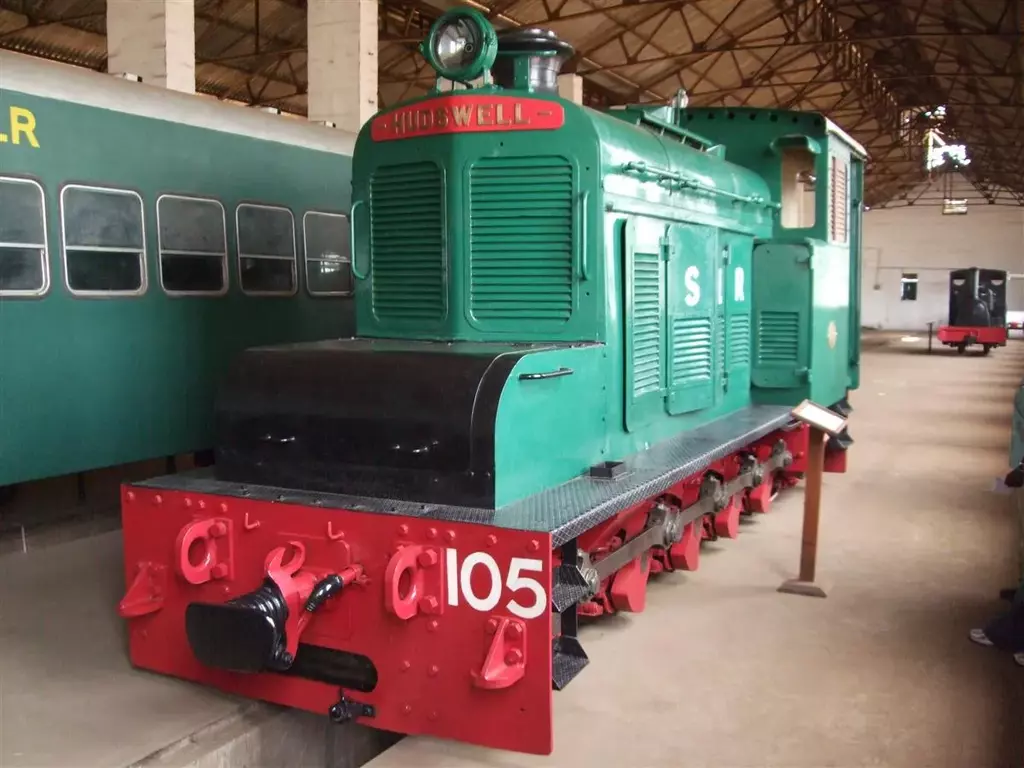National Railway Museum

- The National Railway Museum in Freetown is one of Sierra Leone’s most unique and historically significant institutions, dedicated to preserving the country’s railway heritage. Housed in the former Cline Town railway workshops, the museum showcases a fascinating collection of locomotives, carriages, and railway artifacts, offering insight into the golden age of rail transport in Sierra Leone. The museum was officially opened in 2005, decades after the country’s rail system was shut down in 1974, and has since become a treasured landmark for railway enthusiasts, historians, and visitors interested in Sierra Leone’s transportation history.
- One of the most prized exhibits at the museum is the Governor’s Coach, a beautifully restored luxury carriage that was once used by colonial-era governors and visiting dignitaries, including Queen Elizabeth II during her visit to Sierra Leone in 1961. This carriage, adorned with elegant wooden paneling and plush interiors, gives visitors a glimpse into the grandeur of colonial travel. Alongside the Governor’s Coach, the museum houses several steam and diesel locomotives, including British-built Hunslet and Manning Wardle engines, which were integral to Sierra Leone’s railway operations in the 20th century.
- The museum provides a comprehensive look into the history of the Sierra Leone Government Railway (SLGR), which once connected Freetown to Pendembu, spanning over 300 miles. The railway played a crucial role in the country’s economic development, transporting passengers, agricultural products, and minerals across the country. Visitors can explore displays of old railway maps, signaling equipment, uniforms, and historical photographs, illustrating the rise and fall of the railway system. The interactive exhibits and knowledgeable guides make the museum a valuable educational resource, especially for students and history enthusiasts.
- Despite being one of only a few railway museums in Africa, the National Railway Museum remains relatively unknown to the wider world. However, efforts by local organizations and international railway enthusiasts have helped to restore and preserve the museum’s exhibits, ensuring that this important part of Sierra Leone’s history is not forgotten. For visitors to Freetown, the museum provides a rare and nostalgic journey into the past, celebrating the legacy of a railway system that once connected the nation and fueled its economic progress.
